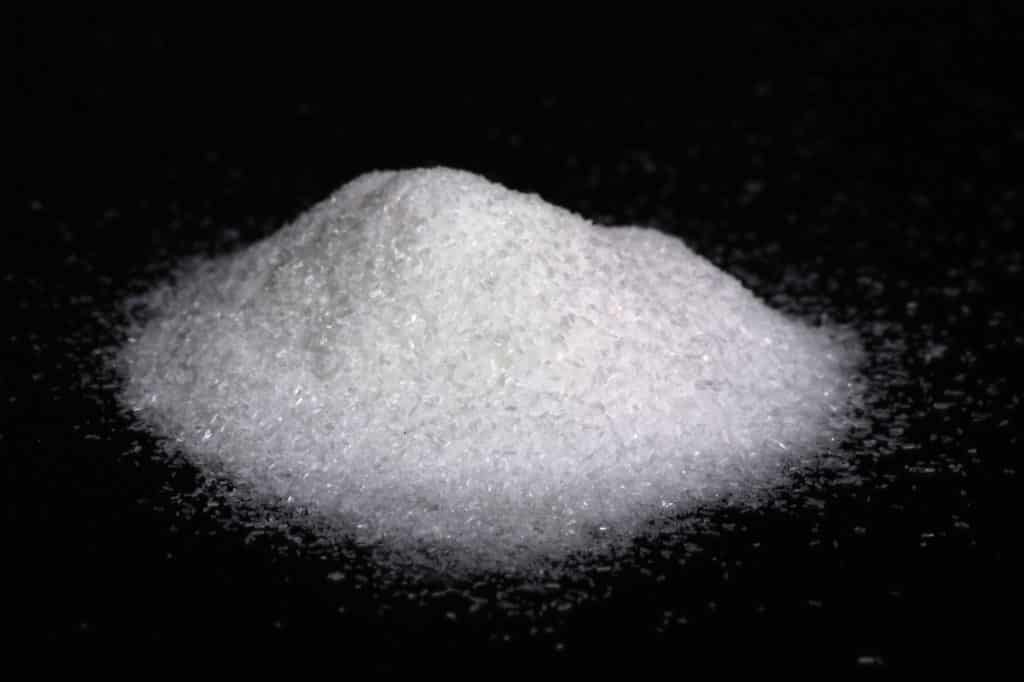
What exactly is monosodium glutamate or MSG? Well, it is the sodium salt (C5H8NNaO4) of glutamic acid. Get it? Okay, let’s separate the two.
Glutamate is an amino acid that the human body can synthesize. There are 20 amino acids that make up the proteins in our body. But glutamate is the most abundant in nature as it is found naturally in foods like tomatoes, corns, and peas.
While sodium is salt, simply.
That makes MSG just salt & glutamate—the recipe for that savory taste called umami. Umami is the 5th basic taste, the other 5 being salty, sweet, sour, bitter, and oleogustus. Most people describe it as savory, brothy or meaty. However, one thing is for sure, it lingers the longest than any other taste.
What if there is only glutamate?
Glutamate alone doesn’t make any impact. It is weak. Adding salt or sodium intensifies the taste.
Today, monosodium glutamate is one of the most common flavor enhancers. MSG is even more prevalent in Asia, its birthplace. It has indeed made our foods more palatable and enjoyable—vegetable, meat, seafood, soup, you name it. But this flavor enhancer has another story—the side effects that people believe in. Or perhaps, MSG is just another misunderstood ingredient?
Like any other posts on this blog, this discusses the highly controversial monosodium glutamate or MSG merely based on science (and history). Check out the table of contents for things we’re discussing.
So let’s dive right in!
Table of Contents
The brief history of MSG
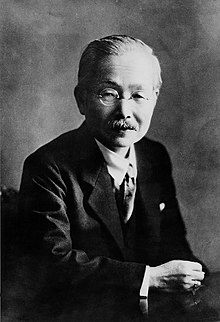
The use of glutamic acid in foods started in Japan (Yes, not in China). One evening in 1908, Kikunae Ikeda, a chemistry professor in Tokyo and founder of Ajinomoto was having dinner with his wife. When he suddenly became curious as to what substance exactly made the bean curd with dashi (seaweed-based soup stock) its meaty taste. The taste was so distinct that it couldn’t be sweet, salty, bitter or sour (oleogustus was not recognized until 2005). Then his wife immediately pointed to the kelp she used to make dashi.
He was able to isolate that substance from the seaweed through a series of experiments. He did that by evaporating (aqueous extraction) large amount of seaweed. After several days, he started seeing the development of crystals. The crystals turned out to be glutamic acid, a substance first identified in 1866. Upon tasting the crystals, he immediately recognized that distinct savory taste in other foods. He later introduced this unique taste as umami, which means delicious. The discovery of umami was a breakthrough that it is now the fifth of the five basic tastes.
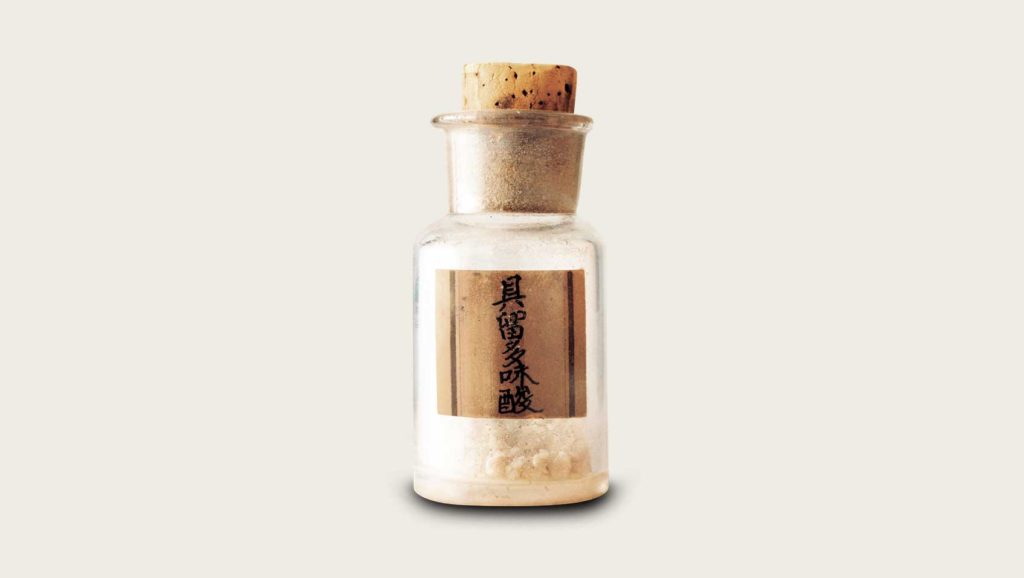
Sensing promising potential, Ikeda quickly capitalized on his discovery. By the next year, he partnered with Saburosuke to start mass production of Ajinomoto, the trade name for MSG which Ikeda had filed a patent of. At first, it didn’t appeal to the public, especially among chefs in Japan.
But it eventually gained a large following when it was marketed to Japanese housewives. The adoption of MSG in other Asian countries was lukewarm at first as well. But later embraced its ability to make food taste better. In fact, some recipes started adding MSG in the ingredient list.
What is umami?
Like I mentioned earlier, umami is one of the basic tastes. Many people have many ways to describe this taste such as brothy, savory, or meaty. Umami is tasted in many dishes mainly through the use of MSG—umami in its purest form.
In America, umami is in chips, fast foods, ketchup, gravy, and BBQ sauce, to name a few. Umami-rich fermented foods like fish sauces are a staple In Asia. In Europe, aging foods like cheese and meat to improve their savory taste are popular. Although umami is obtained mainly through MSG, there are actually many fruits and vegetables that are naturally rich in umami. Tomatoes, for example, are loaded with glutamic acid, which increases in level as they ripen.
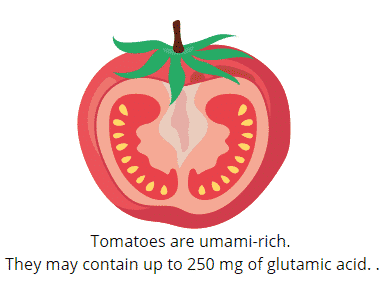
Umami can make virtually any dish taste better, but West countries initially denied the existence of it. In fact, umami is an official basic taste only since 1990, 83 years after Ikeda made the breakthrough discovery in 1907. Why the delay?
Umami’s classification was heavily debated—if truly a taste or just a flavor. Taste is based on one sensation while flavor is based on multiple sensations (smell, texture, and expectation). To simply put, flavor is like the merged data processed by the brain from all the senses. At first, scientists considered umami a mere flavor enhancer believing that it couldn’t be detected without the presence of other flavors.
However, in 2000, a team of neuroscientists at the University of Miami located the first tastebud receptor for umami. That receptor is a modified mGluR4 (metabotropic glutamate receptor 4), that activates to glutamate and substances that simulates the taste of of it. This discovery further solidified umami’s status as a the 5th basic taste.
How it is made today
In its early days, MSG was made mainly by hydrolysis of wheat gluten, as inspired by Ikeda’s experiment. Hydrolysis is a process by which a compound is broken down as a result of reaction to water.
The process of manufacturing of MSG has changed since then. Modern MSG production involves enzymatic microbial fermentation, a process similar to making yogurt. In making yogurt, lactic acid bacteria consume the sugar, lactose, in milk. This converts the sugar to acid.
As for MSG, production begins with sugar (glucose) extraction from the plant— like sugar beet, sugar cane, and starch. By introducing glutamic acid bacteria, the sugar is converted into the umami-producing glutamic acid. This substance isn’t MSG in crystalline powder form at this stage yet. In order to turn the glutamic acid into such form, it has to go through several processes similar to sugar processing.
First, it is neutralized. The neutralization is a process or reaction in which salt and water is formed when acids and bases react. In this case, the product of the process is a solution that contains MSG.
Next, the solution is decolorized to remove the natural pigment of the solution derived from the plant. The low color also helps in better crystallization. Through filtration, the solution is crystallized by evaporation. This further heating and drying are done until what’s left is pure MSG, in crystalline powder.
You might also like: French Fries And The Science Behind
Why is MSG controversial?

The use of MSG has been associated with controversies—mostly about its speculated adverse health effects. As a result, MSG is tightly regulated or worse, banned in certain areas.
For example, the use of MSG as a food additive is approved in the European Union. However, food processors are only allowed up to 10 grams per kilo of food. MSG can be added alone or combined with other glutamic acid salts like calcium, potassium and magnesium.
In Pakistan, The Punjab Food Authority ordered the banning of the sale and use of MSG, also called locally as Chinese salt, in 2018.
When did all the hate started?

This all started with a letter penned by Dr. Ho Man Kwok to the New England Journal Medicine in 1968. The letter stated that he felt weakness, heart palpitation, and numbness soon after eating at a Chinese-American restaurant. These symptoms are called collectively as the “Chinese Restaurant Syndrome“. MSG was singled out as the probable caused. It’s funny that the other ingredients in the foods served were not studied. What about the cooking wine? The soy sauce?
The next year, 1969, a further study made John Olney made the scare of the use of MSG in food to go widespread. His study involved injecting high doses of MSG directly into the abdomen of mice. And to no surprise, it resulted in bad things—lesions and stunted brain growth. Was this experiment a scientific approach at all?
First, why the direct injection of MSG through the abdomen? Doing so bypasses absorption, which obviously wouldn’t end well. Second, studying the human health effects of MSG through animal study does not truly connect. The human body doesn’t work the same way like an animal body does, let alone that of a new born animal.
Human studies on the health effect of MSG are more fitting. For the past 3 decades, double-blind studies have been conducted to verify the health effects of MSG. These studies have involved individuals with sensitivity to MSG, but failed to experience persistent effect of ingesting foods with MSG . This multicenter, double-blind, placebo-controlled, multiple-challenge evaluation study is an example. This concluded that:
The results suggest that large doses of MSG given without food may elicit more symptoms than a placebo in individuals who believe that they react adversely to MSG. However, neither persistent nor serious effects from MSG ingestion are observed, and the responses were not consistent on retesting.
Is MSG safe for consumption?

There have reports of people who are sensitive to MSG. These people experienced symptoms like headache, numbness, palpitation, drowsiness, and flushing. However, through studies, experts and scientists alike have never been able to confirm this.
Like I mentioned above, some of these sensitive people to MSG were subjects in double-blind studies. But only failed to experience trigger reactions consistently.
Even regulatory bodies say that the food additive is safe. The Food and Drug Administration (FDA) considers using MSG in food preparation “generally recognized as safe” (GRAS). Furthermore, in 1978, The Joint Expert Committee on Food Additives (JECFA), the World Health Organization (WHO), and the Food and Agriculture Organization (FAO) consider MSG as one of the safest among food additive. In fact, they reckoned that no upper intake limit is necessary when using MSG.
Not only this, New Zealand, Australia, United Kingdom and other countries with extensive researches regard MSG as safe for use.
Aside from being safe for use, there are other reasons to chow on foods with MSG.
What are the benefits of MSG?
Most people have been one-sided towards MSG—without even looking at the brighter side. All they feel is fear and hate. What about the benefits? Here are what we know so far:
- Needless to say, MSG helps in enhancing flavor of most dishes. You can even treat it as your secret ingredient, when cooking healthy foods like vegetables that kids will definitely enjoy. It also enhances the umami taste in cheese, miso, and other foods that contain glutamate.
- For individuals who monitor their sodium intake, this is for you. Adding MSG reduces sodium in foods. How? MSG is around 12% sodium, this is one-thirds (1/3) less than that in table salt, which contains around 40% sodium. Even better is that you can use MSG to reduce sodium levels without altering the taste of a dish or any homemade recipes.
- A research says that umami helps in salivation and increase appetite in the elderly and therefore plays an important role in the maintenance of oral and overall health.
Ajinomoto and other organizations continue their fight against the myths that surround MSG. In fact, just this 2020, they launched the #RedefineCRS campaign. This is while researches are underway to discover the other benefits of using MSG.
Summary
The use of MSG as a food enhancer started in Japan when Kikunae Ikeda extracted umami-producing glutamic acid in seaweed. His discovery is proven a breakthrough in the food industry. Firstly, umami is now the 5th basic taste. And secondly, the company he founded, Ajinomoto, is now a multi-national company, which have ventures in more businesses as well.
But fear and hate are what some people feel toward MSG because of the alleged adverse health effects it can cause. In fact, even the FDA, receive reports of individuals being sensitive to the food enhancer. However, there are no solid evidences yet to prove that MSG does cause mild symptoms like headache, numbness and palpitation.
I do not suggest to go crazy and use MSG, however you want. Like anything, consumption of MSG must be in moderation. According to the FDA, sensitivity to MSG may only happen if you consume 3 grams of it without food, which is unlikely.
Di you enjoy this blog post? Subscribe to our newsletter and follow our social media accounts. Oh! And by the way, did I miss anything important regarding Umami? Monosodium Glutamate? Tell me, was there something that surprised you? Leave your comment below. 🙂
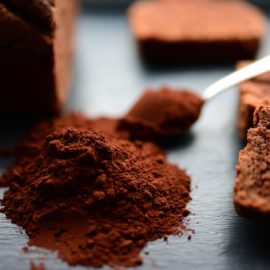


The use of animal model is scientific, anything that can kill a mice has 50% chance of killing humans. The matabolic timing might differ in human when compared to animal. You write-up did not cover excretion of MSG from the body or its metabolism. Thank you
Hi Joseph. Thank you for correcting this part 😊